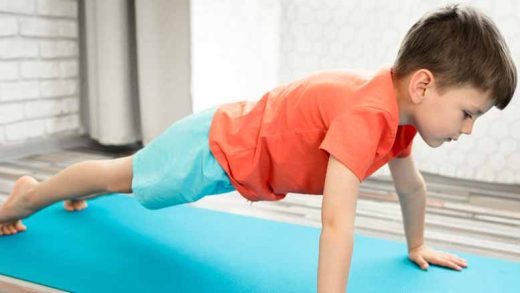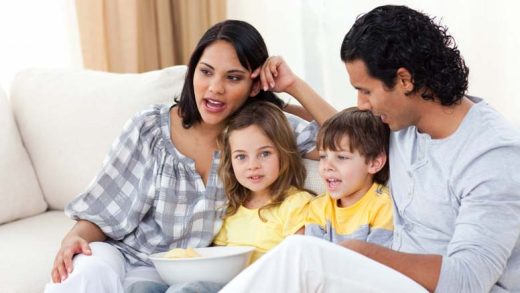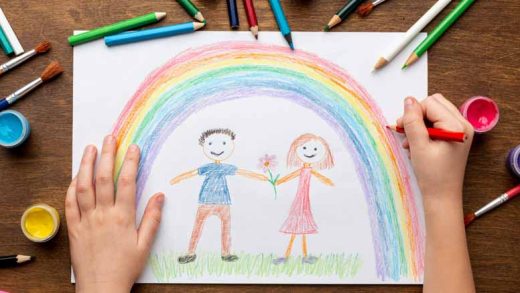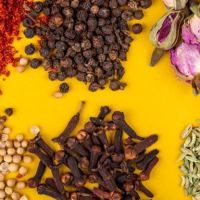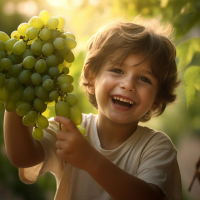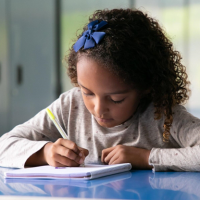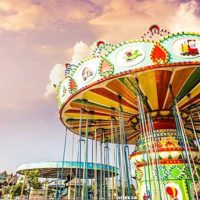Developing gross motor skills is important in the age of development. These skills include coordinated movements and bounding jumps. These set the stage for a child’s physical and intellectual development. This article provides 25 exercises to create curiosity and improve gross motor skills. Every activity offers a combination of excitement and education. Whether it is via organised games, creative play, or outdoor trips, it has everything. These gross motor activities range from the excitement of obstacle courses to the unity of relay races. It fosters social engagement and self-confidence besides physical wellness. Get ready to see how kids use playtime to go on a journey of learning and growth.
What are Gross Motor Skills?
Gross motor skills are often known as physical skills. It is those skills that call for whole-body movement and make use of the body’s muscles. It stabilises core muscles to carry out daily tasks like walking, jogging, and sitting up straight at a table. They also include swimming, riding a bike or scooter, and eye-hand coordination exercises. Some of them include kicking, catching, and tossing a ball. These are critical for performing daily self-care tasks like getting in and out of a vehicle, dressing (you have to be able to stand on one leg to get your leg into a trouser leg without toppling over), and even getting in and out of bed. The impact of gross motor skills extends to other daily activities.
Top Gross Motor Skill Activities
There are four types of gross motor skills activities for kids. They are indoor, outdoor, games, and fine motor skills. So, let’s take a look at all of them.
- Indoor Gross Motor Activities – An activity that involves moving muscles doesn’t need a lot of space. Your kid can take part in these skill-building activities inside with little floor space.
- Building and navigating: Using furniture, cushions, boxes, and blankets, create obstacle courses.
- Dancing: Children may dance freely or mimic tunes like “Popcorn,” “I’m a Little Teapot,” “Head, Shoulders, Knees, and Toes,” or “The Wheels on the Bus.”
- Hopping: To add some excitement to your floor jumping, set up targets using cardboard or masking tape.
- Large-scale arts and crafts activities: These stimulate both large motor skills and creativity.
- Playing pretend: Children can use their bodies to transform into whatever they can imagine—waddling ducks, stiff-legged robots, galloping horses, soaring aircraft, etc. This can develop their motor abilities.
- Pushing and pulling: Playing with shopping carts, doll strollers, big trucks, or waggons improves upper-body strength and coordination.
- Outdoor Gross Motor Activities – There is enough space outdoors for kids to play hard and work up their muscles. Help them by suggesting activities for kids such as:
- Balancing: Take your kids to the playground. Then, have them walk on the low beams or planks or a built balancing beam.
- Climbing, stretching, and reaching: Using rocks, logs, or playground materials, create obstacle courses.
- Riding: Kids should be encouraged to play with ride-on toys such as tricycles and scooters.
- Swimming: From swimming to using sprinklers or water squirters, most children like playing in the water in all forms.
- Playground play: Playgrounds provide kids the chance to run about freely, slide down a steep slide, climb ladders, and pump their legs on swings—often with friends.
- Walking: Go for a walk in the park or the neighbourhood. To make the walk more interesting, use marching, jogging, skipping, hopping, or even musical instruments. Tell tales, count, find colours, or engage in activities as you walk.
- Throwing and catching: Give out big, soft, light balls so that kids may kick, roll, and toss them.
- Gross Motor Skills Games – Some activities to improve gross motor skills work best outside, but some can be done indoors. Encourage major activity with games like:
- Hit the target: Kids may shoot snowballs or bean bags by marking targets on the ground with sidewalk chalk or hoops.
- Jump the brook: Kids can try to leap over a set of two jump ropes or two chalk lines that represent a brook. Try making it wider in some spots and shorter in others for some levels of challenge.
- Paper plate skates: On a carpet, use paper plates to make your way. Try to imitate speed skaters, hockey players, or figure skaters.
- Football: Allow kids to kick the ball and shoot it towards a goal, a huge cardboard box, or an overturned laundry basket instead of putting it in an actual game. You may also use crumpled paper instead of balls for indoor play.
- Tag: Teach young children the basics of tag and other popular games like Simon Says, Mother May I, and Follow the Leader.
- Fine Motor Skills for Preschoolers – Children at this age are also developing their fine motor skills. These are important for carrying out activities like holding a pencil, cutting with scissors, eating with cutlery and more. Children may learn how to use and develop the tiny muscles in their hands and fingers by doing these activities.
- Colour and trace using crayons, pencils, or markers.
- Cooking methods include pouring, stirring, sprinkling, kneading, tearing, and butter knife cutting.
- Cutting using safety scissors
- Fingerplays (songs such as “The Itsy Bitsy Spider” that have attached hand movements)
- Making cards or bead strings
- Puppet shows
- Sand play (pouring, scooping, sifting, building)
Promoting children’s gross motor skill development is a must for their development and physical well-being. The 25 exercises in this article range from dancing and balancing to leaping and climbing. These provide enjoyable and interesting methods to improve these basic skills. You can encourage the motor development, coordination, and confidence of your kid by introducing a range of these activities into their daily routine. Parents looking to provide their kids with a controlled and nurturing atmosphere should give Kangaroo Kids International Preschool some thought. Parents and teachers may successfully enhance children’s physical health and developmental milestones. All they have to do is just include these activities in their regular play.

